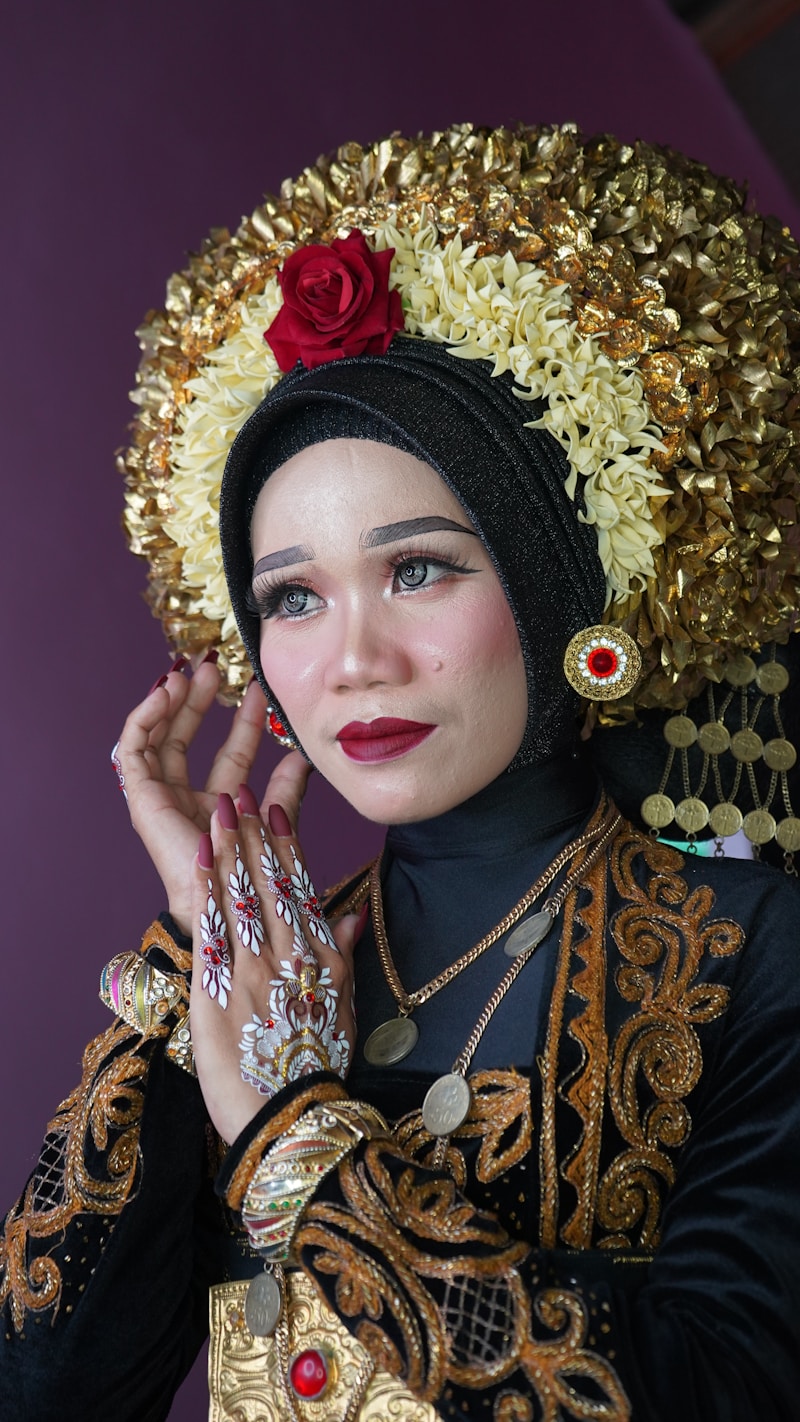Exploring Age-Old Wedding Festivities: Traditions That Stand the Test of Time
Introduction to Age-Old Wedding Festivities
Weddings have always been a significant part of human culture, marking the union of two individuals and often combining different traditions, rituals, and festivities. From the vibrant cultural ceremonies in India to the quiet, intimate unions in Scandinavia, age-old wedding festivities encapsulate a rich blend of history, beliefs, and communal interplay. In this article, we will explore various age-old wedding festivities, their meanings, and how they continue to shape modern-day celebrations.
The Significance of Age-Old Wedding Festivities
Understanding the significance of age-old wedding festivities is crucial to appreciating their depth and beauty. These rituals often symbolize various aspects of life, love, and unity. They act as a binding thread that connects families and communities, passing down shared values through generations.
Understanding Traditions
Traditions play a vital role in age-old wedding festivities. They can vary drastically across cultures but generally share common themes of love, commitment, and family involvement. Here are a few essential elements often seen in traditional weddings:
| Element | Description |
| Rituals | A series of religious or community-based activities that symbolize the union. |
| Cultural Dress | Traditional attire represents the cultural heritage of the bride and groom. |
| Music and Dance | Celebratory activities reflecting joy and community spirit. |
| Feasting | A communal meal that fosters togetherness and celebration. |
Fascinating Examples of Age-Old Wedding Festivities
Let's delve into some mesmerizing examples of age-old wedding festivities from around the world. Each culture has unique traditions that create a distinctive atmosphere during wedding celebrations.
Indian Weddings
Indian weddings are renowned for their colorful ceremonies that can last for several days. Steeped in tradition, the rituals vary by region, yet some key elements remain consistent. Ceremonies such as the Mehendi (henna) night, where intricate designs are applied to the bride, or the Sangeet, a musical night filled with dance and joy, are all part of what makes Indian weddings vibrant and memorable.
Japanese Weddings
Japanese weddings often include Shinto ceremonies, where couples, dressed in traditional kimonos, exchange nuptial vows. The significance of purity and harmony is prominent, with rituals such as sake sharing to symbolize the couple's commitment to each other. Traditional wedding attire, such as the white kimono worn by the bride, embodies a deep cultural connection to Japanese heritage.
Mexican Weddings
In Mexico, weddings often incorporate Catholic and indigenous traditions. A common feature is the "Las Arras," where the groom gives the bride 13 coins representing his commitment to providing for her. Furthermore, the colorful decorations, lively mariachi bands, and traditional dance create a joyful atmosphere that symbolizes the merging of families.
The Evolution of Wedding Festivities
While age-old wedding festivities continue to thrive, they have also evolved to accommodate modern influences. Today, many couples choose to blend traditional elements with contemporary practices, leading to unique ceremonies that reflect their individuality. This fusion not only keeps traditions alive but also allows for creativity and personalization, making each wedding distinctive.
The Role of Technology
As technology plays an increasingly pivotal role in our lives, it has also impacted weddings. Virtual ceremonies and live streaming have become popular, particularly in recent years. Couples can now share their special day with friends and family worldwide, breaking geographical barriers. Moreover, social media has transformed how weddings are planned and shared, allowing couples to find inspiration and connect with vendors globally.
FAQs About Age-Old Wedding Festivities
As we explore the depth of age-old wedding festivities, here are some frequently asked questions that may arise:
1. What are some common traditions in Western weddings?
Western weddings often include traditions like exchanging vows, the throwing of the bouquet, and having a best man. Each of these elements carries a unique symbolism of commitment and celebration.
2. How can couple personalize their wedding while honoring traditions?
Couples can personalize their wedding by incorporating personal elements into traditional rituals, such as using family recipes for the wedding feast or choosing a unique venue that holds meaning for them.
3. Are age-old wedding festivities still relevant in today’s society?
Absolutely! While they may evolve, age-old wedding festivities remain relevant as they embody cultural heritage and community bonding that continues to resonate with many couples.
Conclusion: Embracing Age-Old Wedding Festivities
Age-old wedding festivities are not just about the ceremonies but represent a tapestry of human connection, love, and tradition. They remind us of our shared histories and the significant role they play in our lives. As couples embark on their journey, they should consider incorporating age-old traditions into their celebrations, creating a harmonious blend of the past and the present. Whether you’re planning a wedding or attending one, understanding these age-old festivities enriches the experience, making it even more meaningful.
As you explore these traditions, remember to respect the cultural significance behind each. Incorporating them thoughtfully can not only bring joy to your celebration but also honor the rich heritage they represent.
